Military vehicles are often lauded for their overbuilt qualities, with key attributes measured in size, firepower, and durability. However, even among machines known for their impressive stature, there are still some that stand apart for being, quite simply, built as all-conquering apparatuses. These tanks prove there’s no limit to wartime ingenuity, and some are still seen as capable machines for modern combat despite first going into service many years prior.
While not every tank design reaches a mass-production scale, most of these machines did duty on the battlefield to varying levels of success. Although raw size doesn’t necessarily translate to victory in combat, it certainly doesn’t hurt to be bigger and badder than ones’ opponent, and these so-called “super-heavy tanks” emerged from a variety of countries simply bent on out-gunning their opponents. Some were successful, and some weren’t – but all of them remain intimidating war machines today.
15/15 Tog II
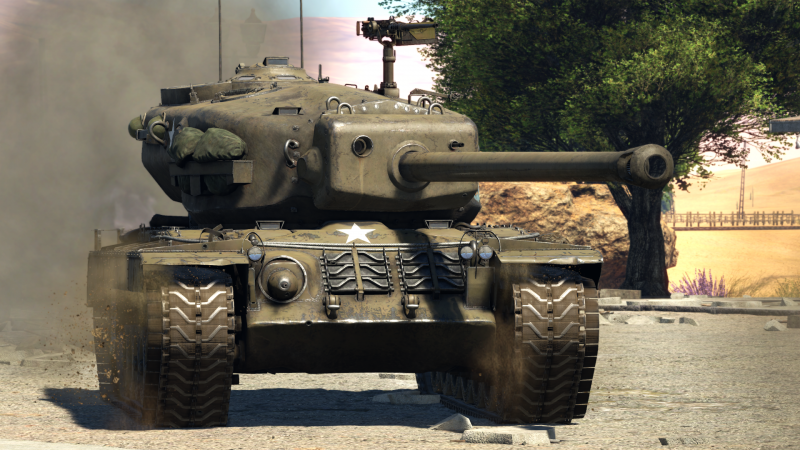
The Tog II was the evolution of the British tank known as the Tog I. Conceived based on the notion that rough terrain and challenging conditions similar to World War I would require a heavier duty machine, the diesel V12-powered tank never made it out of the prototype stage after World War II evolved in such a way it was deemed unnecessary.
14/15 Jagdtiger
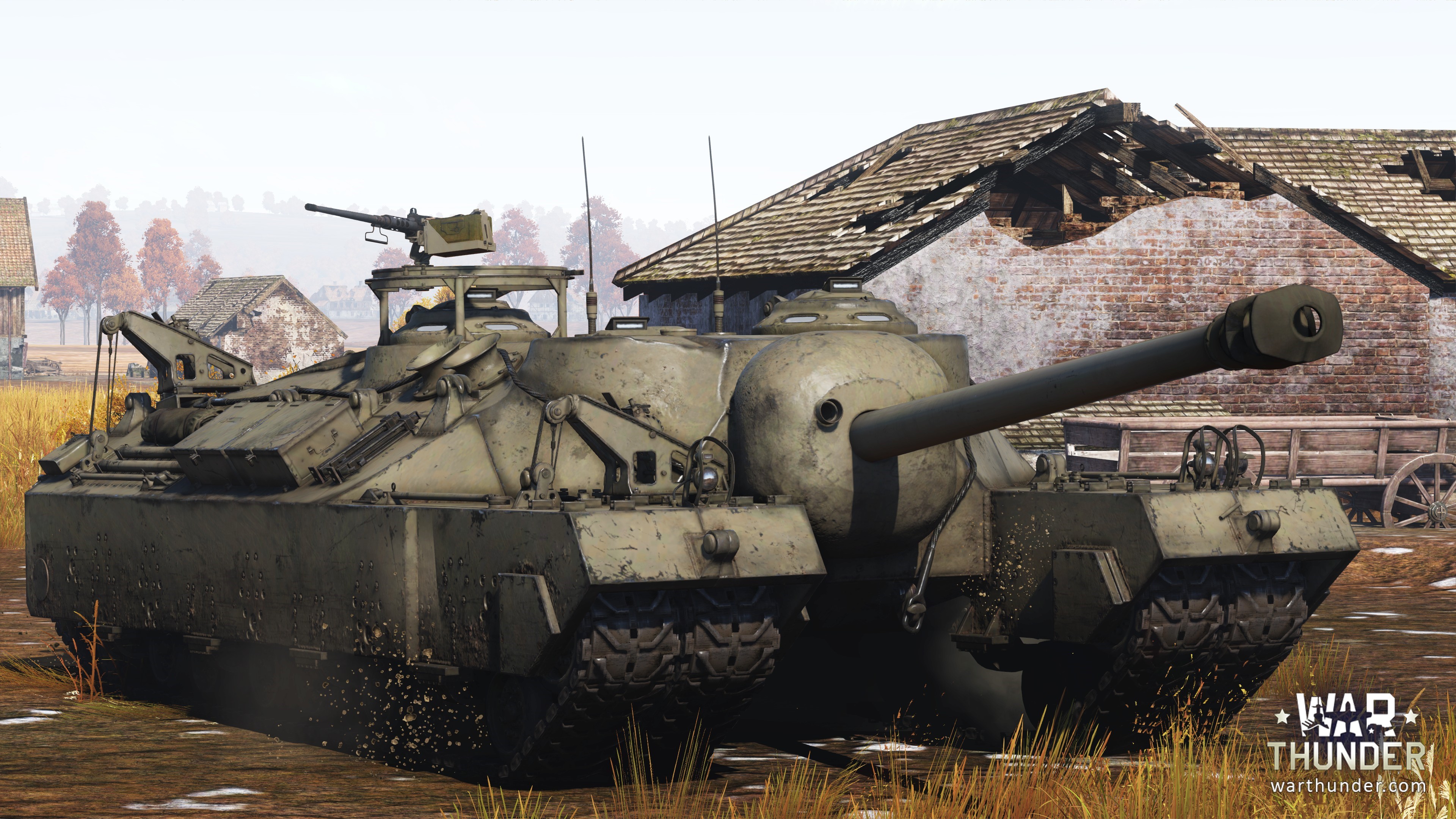
The German-built Jagdtiger (translation: Hunting Tiger) was a monster, clocking in at almost eleven meters long and weighing 83 tons when stocked with ammunition and crew. The philosophy behind the tank’s design was that bigger had to be better, but unfortunately, poor reliability left the few that were built abandoned on the battlefield.
13/15 T30 Heavy Tank
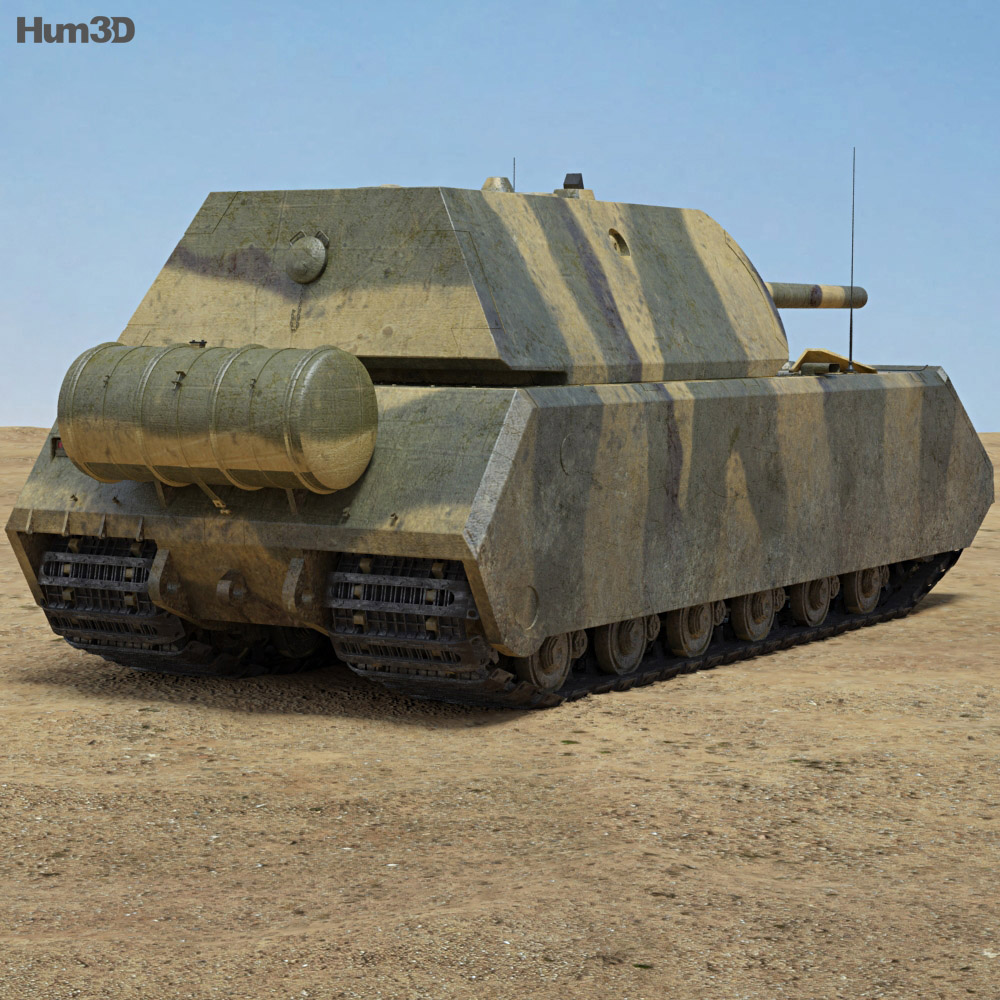
The T30 was an American-made heavy tank that saw limited action due to its development concluding as the end of WWII drew near. Weighing in at 145,000 pounds, the T30 was fitted with a massive 155 mm main gun, with two machine guns offering support. Essentially a stillborn design, the T30 would have been a brute in wartime exercises.

In yet another instance of a massive tank being completed in prototype form but never making it to the battlefield, the T28 Super Tank owns the title of being the largest tank ever developed for the U.S. Military. Believing such a machine was needed to defeat Hitler’s armies, it measured eleven meters long and weighed 95 tons loaded.
11/15 Panzer VIII Maus
The Panzer VIII Maus was another German tank that may have been big and bad, but it was also seriously heavy. Though the brute weighed in at almost 200 metric tons, it was also too heavy to reach anything approaching a cruising speed and would have a hard time crossing most bridges. Only two prototypes were built before Germany was overrun.
10/15 Landkreuzer P. 1500 Monster
The Landkreuzer P. 1500 Monster existed on paper only, but it would have been a terrifying asset of deadly proportions had it been built. Conceived by German forces to carry an 800 mm rail gun, the Monster would have indeed been just that considering the weaponry could decimate almost any enemy hold.
9/15 “Megatron” Challenger 2
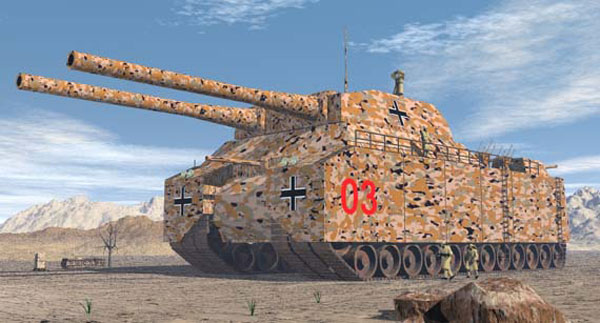
The British-built Challenger 2, sometimes referred to as “Megatron,” is a largely successful brute that is known for being heavily fortified against enemy fire, thanks to a robust Chobham armor system. The Challenger 2 has done tours in the Balkans and Operation Iraqi Freedom, but a speed machine it is not – it can only reach 37 mph.
8/15 M26 Pershing

After the venerable M4 Sherman was out-gunned in WWII, the U.S. Military conceived the M26 Pershing, albeit too late to make a significant outcome on the war effort. However, this 46-ton machine served in combat missions in the Korean War and had an impressive track record when it came to destroying enemy tanks.
7/15 M1 Abrams
The M1 Abrams is perhaps the most recognized of U.S. tank models, given it remains in service to this day. It is one of the heaviest tanks still in active service, weighing in at an impressive 68 tons. It may be an old dog by this point, but it’s still an incredibly effective machine on the battlefield – a big reason why it hasn’t been replaced.
6/15 Leclerc Main Battle Tank
The Leclerc is one of the better recognized French tanks, a 60-ton beast that can maneuver better than its weight might suggest. Featuring a novel armor system to help protect against a variety of artillery, the Leclerc isn’t seen much outside of France, aside from the roughly 400 deployed by the UAE.
5/15 Landkreuzer P1000
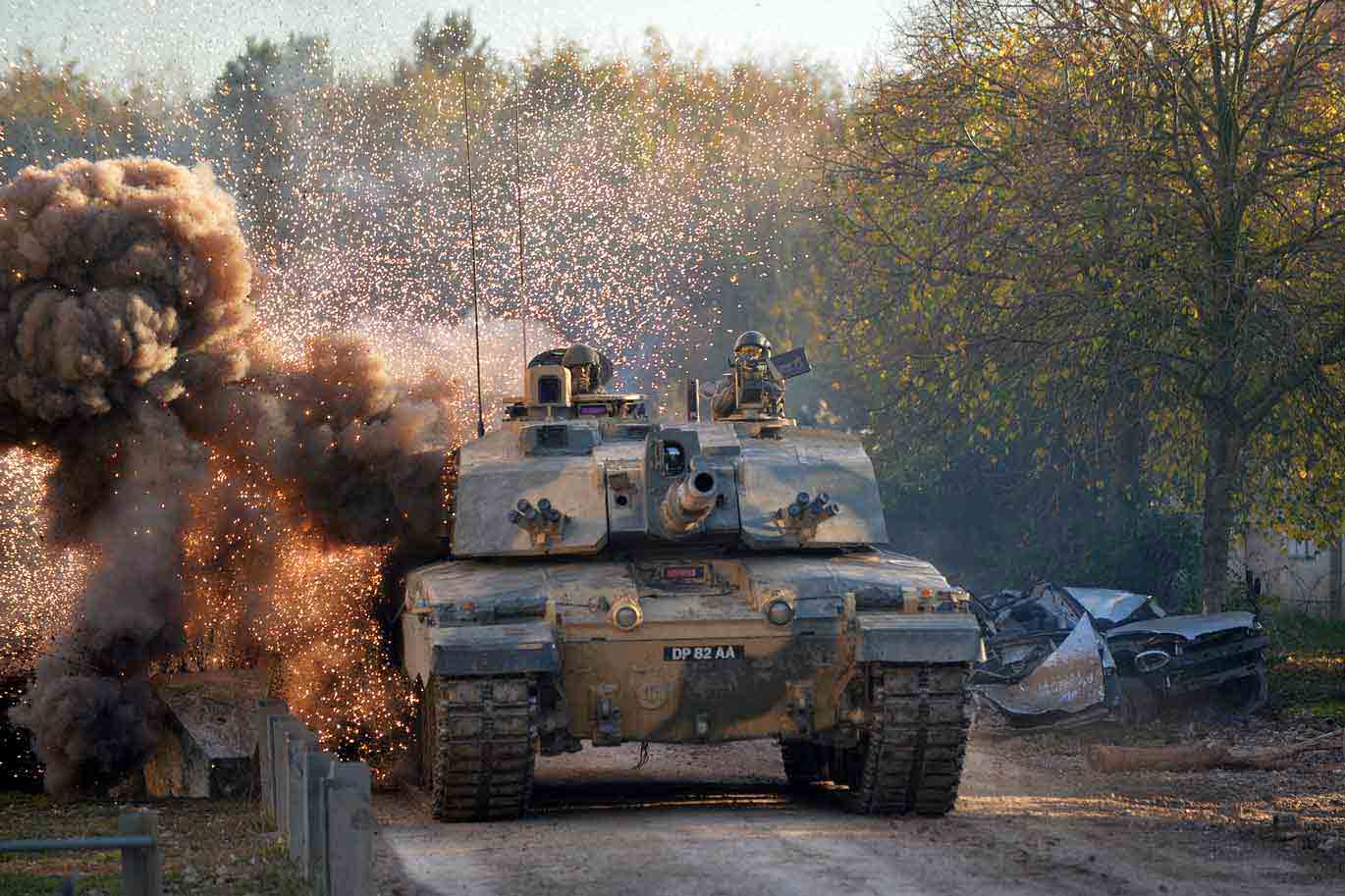
In yet another German design exercise that never made it to mass production, the 1,000-ton Landkreuzer featured anti-aircraft guns and armor that was almost 10 inches thick. Like its sibling the P1500 Monster, the sheer weight and size of the P1000 doomed the project from the start.
4/15 King Tiger
While Germany may have had a fascination with increasingly large tanks and ammunition, the King Tiger was based firmly in reality and an immensely capable battlefield machine. It weighed in at 75 tons and featured sloped armor, along with a highly-effective 88 mm cannon and agile handling (at least for a tank).
3/15 K Wagen
The K Wagen was yet another German prototype that placed emphasis on sheer mass as a differentiator, with the exception being the era in which it was conceived: the K Wagen was a super-heavy tank born out of WW1, but faced the same challenges of later models: difficult to transport, lousy handling, and being too slow for its own good.
2/15 FCM F1
The French FCM F1 was an early entry into the super-heavy tank class that faced similar limitations in agility, but more than made up for its lack of poise in firepower and armor protection. It came with 100 mm of armor protection and multiple weapons, including a 47 mm anti-tank gun.





